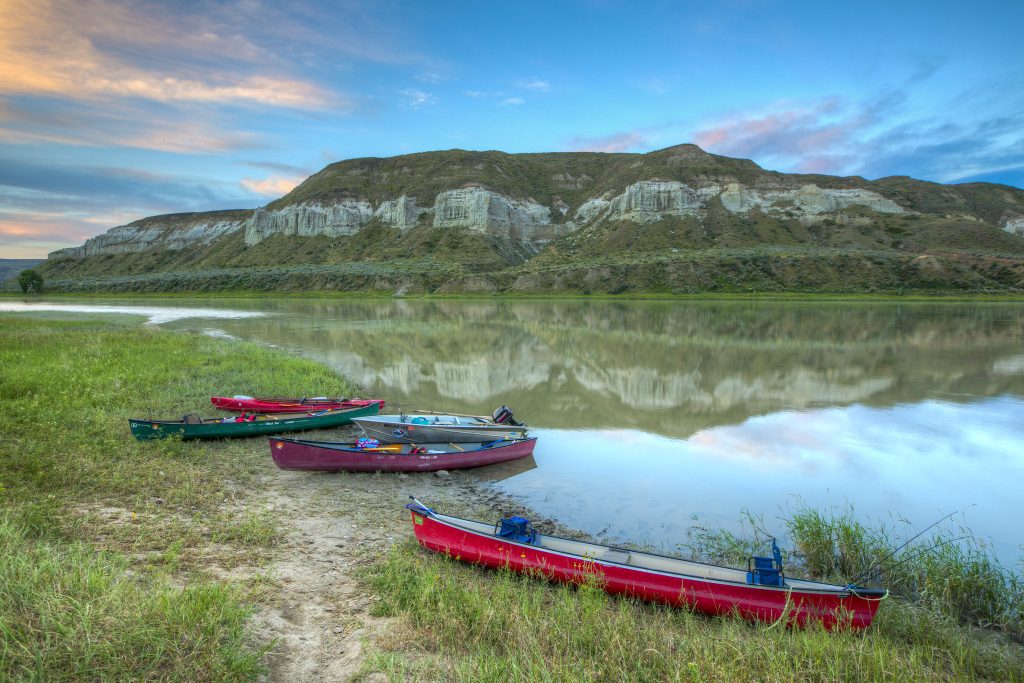A Marketing Blueprint for Responsible Travel Emerges for Tackling the Outdoor Tourism Boom

Skift Take
More crowds, more problems? Yes, but it's also pushing the industry to take a more collaborative and inclusive approach to marketing outdoor experiences.
The surge in outdoor recreation and road trips since the pandemic has presented major challenges for destination management organizations, gateway communities and custodians of America’s great outdoors.
In turn, the need to manage overcrowding, minimize negative impacts on delicate ecosystems, and direct visitors towards lesser known areas is leading to increased collaboration between the tourism industry and agencies in charge of national parks, trails and public lands.
And that means innovative approaches to outdoor travel marketing and management are emerging. Among the latest examples is the newly launched online trip planning hub for the Lewis & Clark National Historic Trail, which crosses 16 U.S. states from Pennsylvania to Oregon, as well as 15 Indian reservations.
The website, designed as an insider's local guide for travelers, currently lists 1,050 attractions and small tourism businesses and is the culmination of a geotourism project managed by consulting firm Solimar International, and spearheaded by the National Park Service (NPS), in collaboration with the American Indian Alaskan Native Tourism Association (AIANTA), as well as tourism boards and stakeholders located along the trail.
Their shared goal: to showcase the trail’s offerings across all states — from outdoor activities to sights, restaurants, shops and lodging — as recommended by local residents and businesses, and to preserve the natural environment while spreading the economic revenue among local communities.
“It was really forward thinking with the Lewis and Clark Trail to do a project like this, in that oftentimes NPS doesn't affiliate themselves with tourism,” said Derek Schimmel, project and communications manager at consulting firm Solimar International.
“Despite having record numbers of visitors each year, they really don't see themselves as a tourism entity, so for Lewis and Clark National Historic Trail to take this step, it's really allowing them to think outside the box.”
The portal also provides travelers with background and tips on visiting Indian Country along the trail — written and developed by AIANTA — plus insights on sustainable communities, and tips on responsible visitation.
“With a project like this, one of the things it does is it helps people find things that they might not otherwise know about,” said Mark Weekley, superintendent of t
